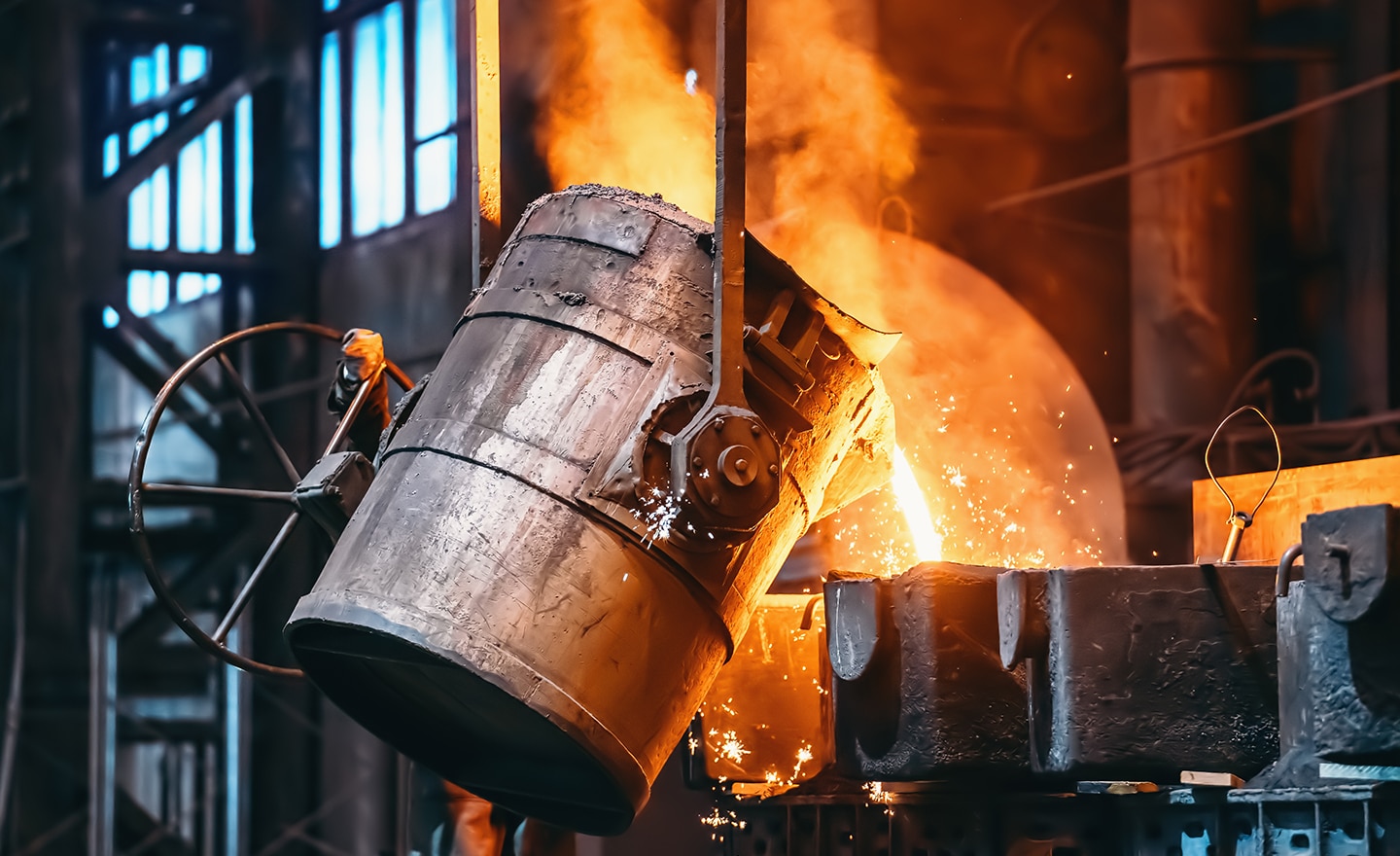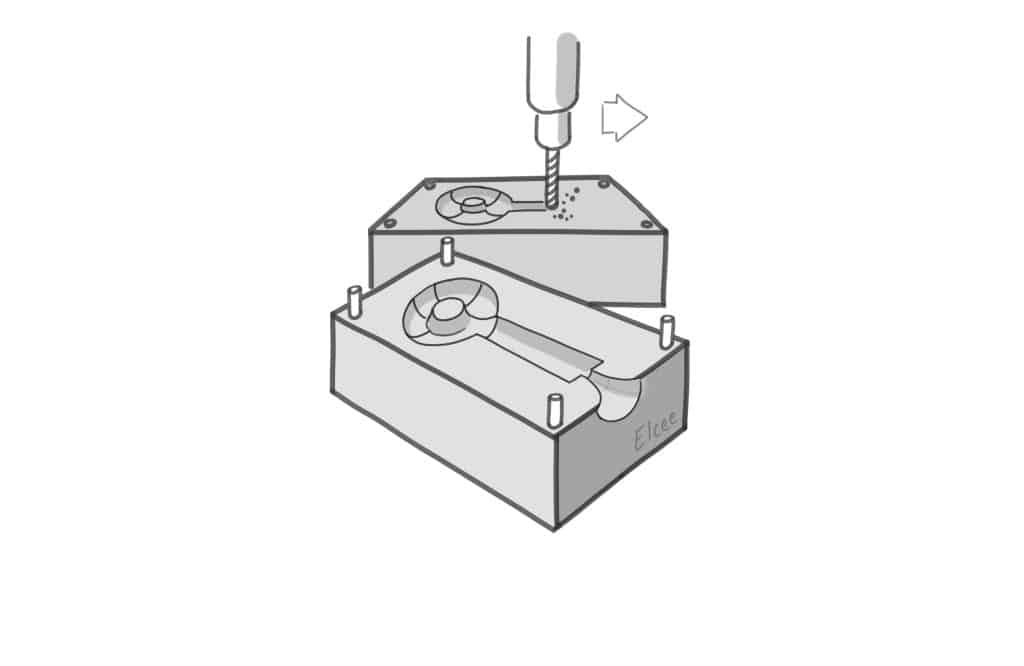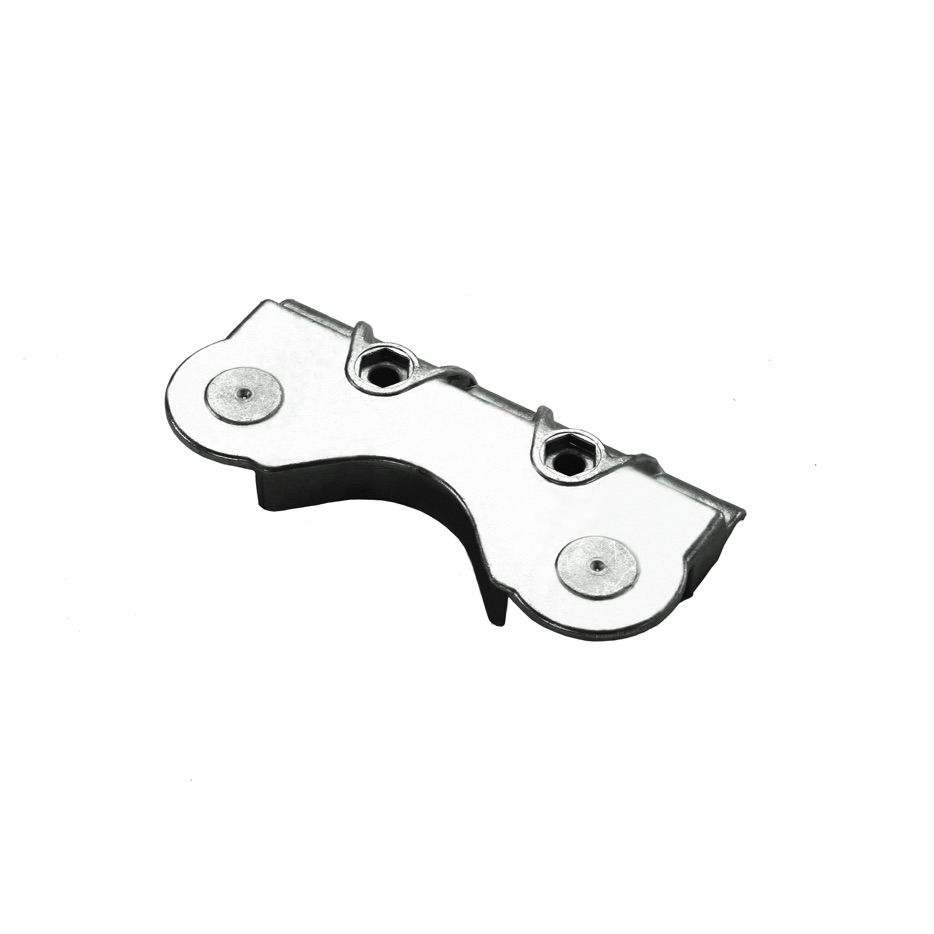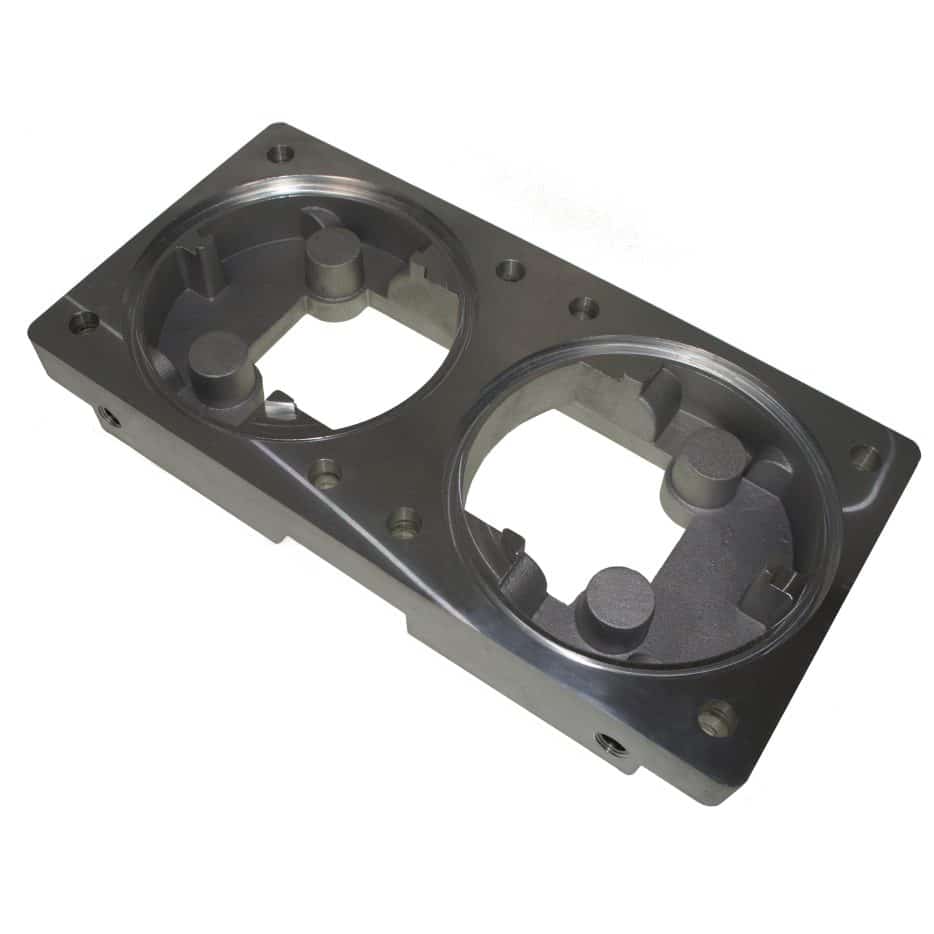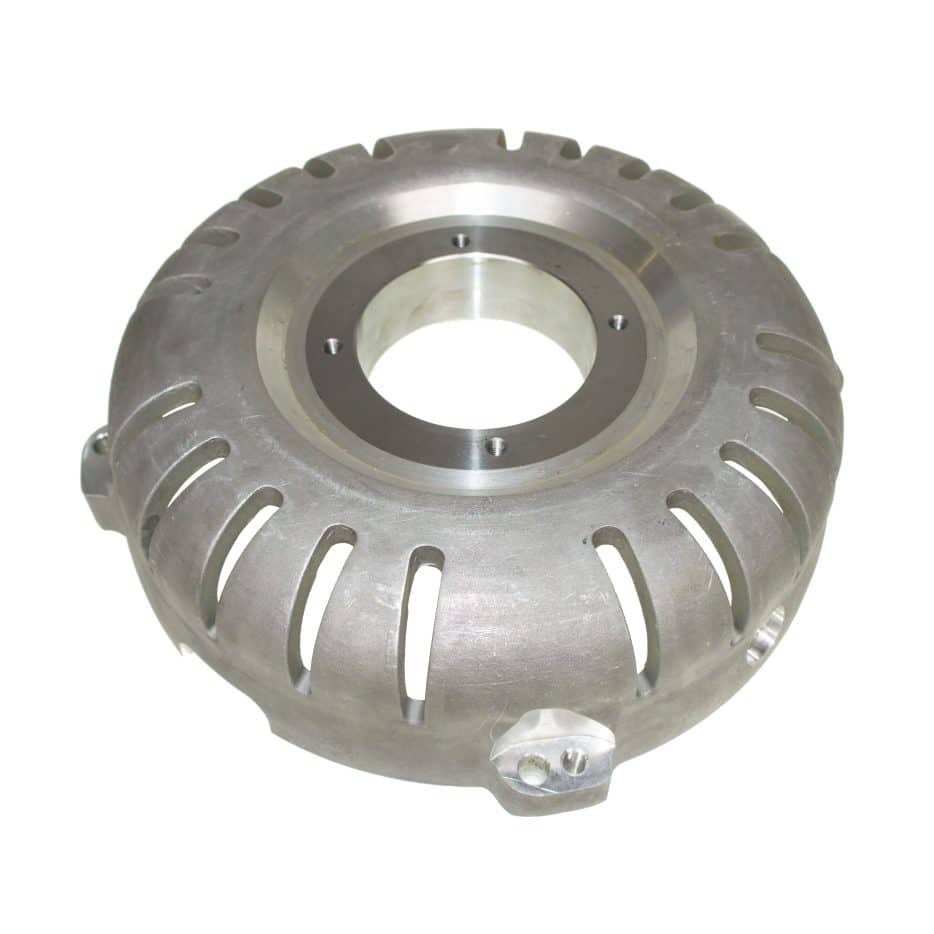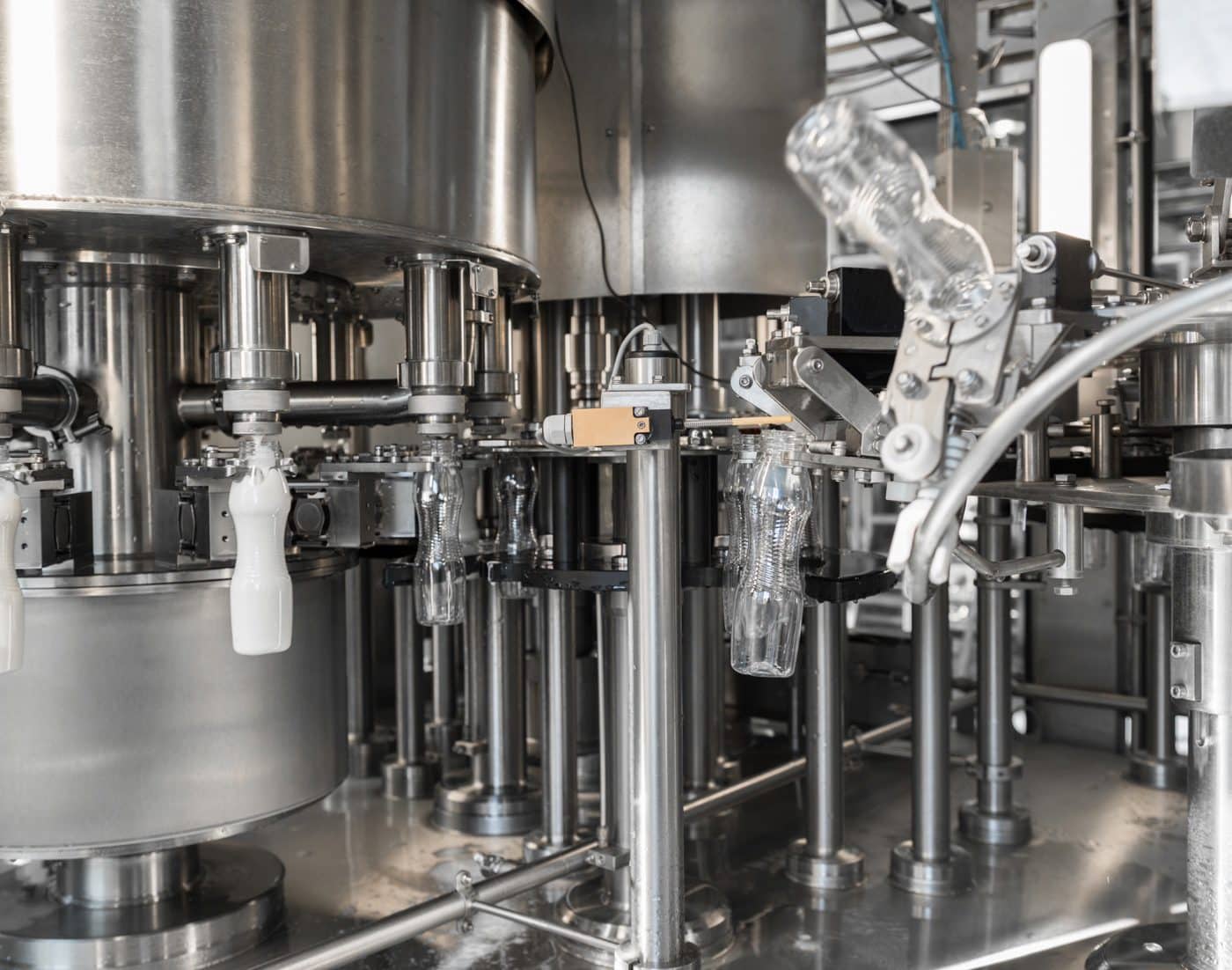Gravity die casting (low pressure die casting)
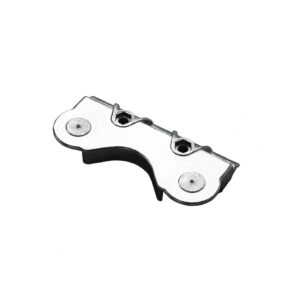 Complex internal cavities can be produced at the following ways.
Complex internal cavities can be produced at the following ways.
Benefits
- More possibilities compared with sand casting
- Consistent dimensional accuracy
- Possibility to insert metal parts in the casting (such as bolts, pipes etc.)
- Highly suitable for finishing operations
Possible alloys
- Aluminium alloys
- Magnesium alloys
- Copper alloys
Technical specifications
- The commonly used casting tolerance table for linear dimensions is CT8 according to ISO 8062 (wall thicknesses CT9)
- Weight: 30 grams to 80 kg
- Casting surface roughness: ± Ra 6.3 μm
- Maximum dimensions: 1000 mm
- Casting wall thickness: ≥ 3 mm. Wall thickness should be distributed as evenly as possible
- The geometric tolerances that are required for the function should be specified in the drawing
- The minimum draft angle depends on the height of the wall or rib. The higher it is, the smaller the required minimum draft angle. Minimum draft angle from 1°, starting from 2° – 3°
- The position of the ejection pins must be discussed with the customer
Finishing options
- Technically anodising, but not decorative (it turns a mottled matt black)
- Blasting
- Vibra-polishing
- Primer, wet painting and powder coating

